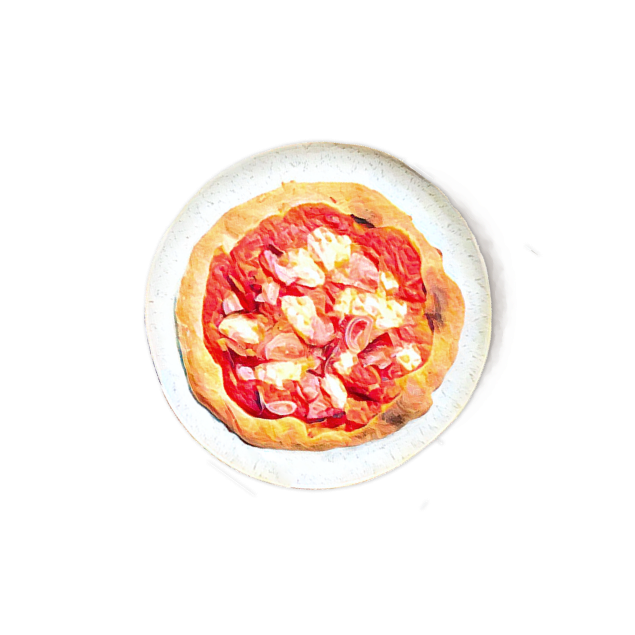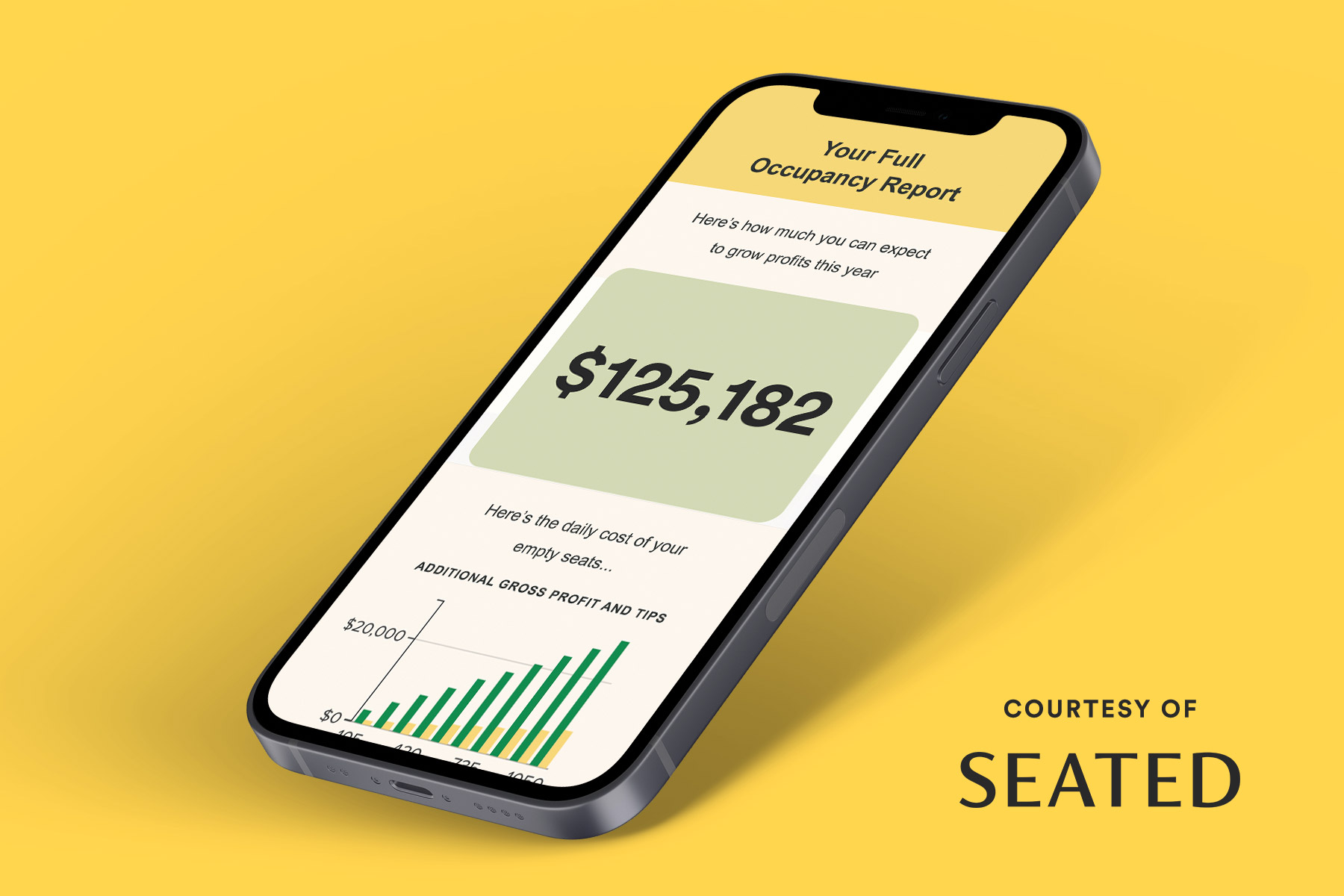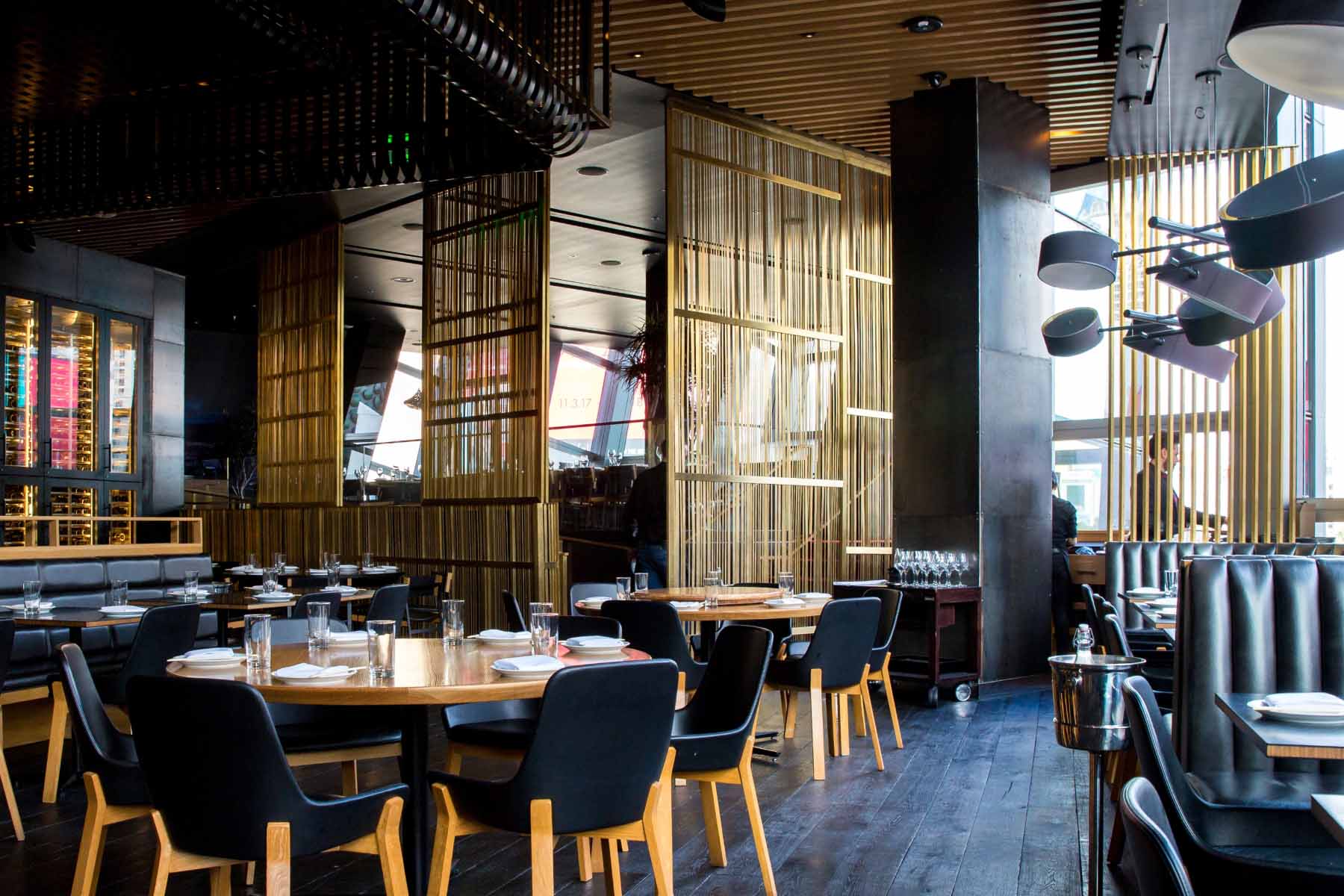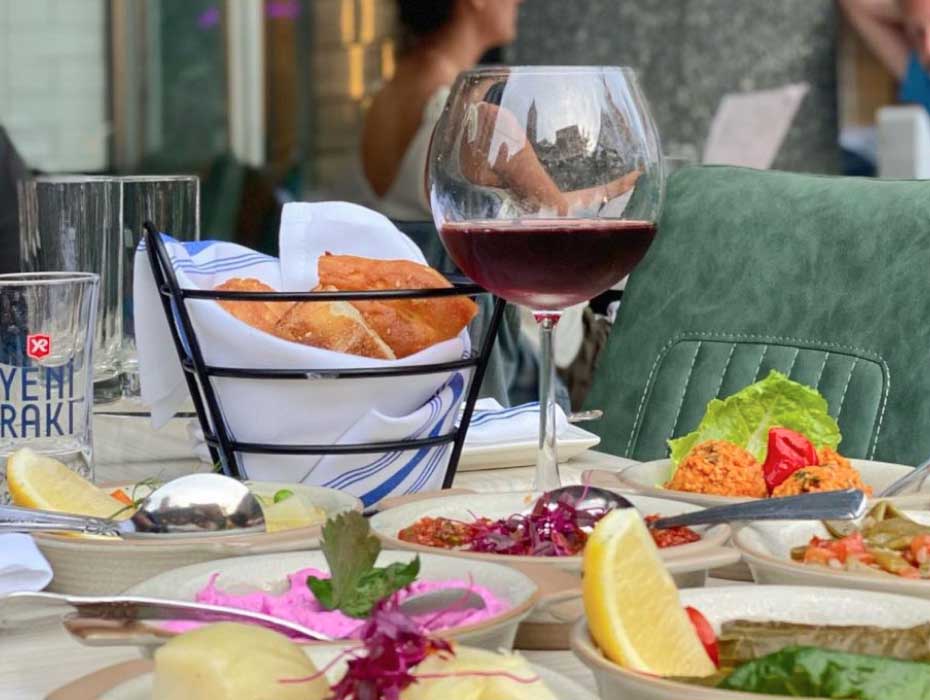
Case Study: How A La Turka Grew Profits by $120,000+
by Seated Team June 10, 2022
It’s not unusual for most of a restaurant’s sales to come from busier weekend days.
But what if you could do Friday and Saturday numbers on a Monday? How different would your restaurant’s profits be with a few dozen additional covers every week?
That’s what NYC’s A La Turka found out—and the six-figure difference changed their weekdays for good.
The Problem with Restaurant Occupancy
On New York City’s Upper East Side, A La Turka is known for its lively atmosphere and authentic Mediterranean fare inspired by family recipes.
Even a popular restaurant like this one, though, faces a harsh, industry-wide reality: demand on the weekend is higher than during the week.
“Most restaurants rely on their busy weekends to make up for their slower weekdays,” says A La Turka General Manager Utku Martin.
That puts pressure on weekend nights to make up for all the tables that sit unoccupied during the week—and all the while, fixed costs like rent and labor still need to be paid. This inconsistency in restaurant occupancy can lead to low (or negative) weekday profits, a poor guest experience, and staff frustration and turnover (already a major problem in the restaurant industry).
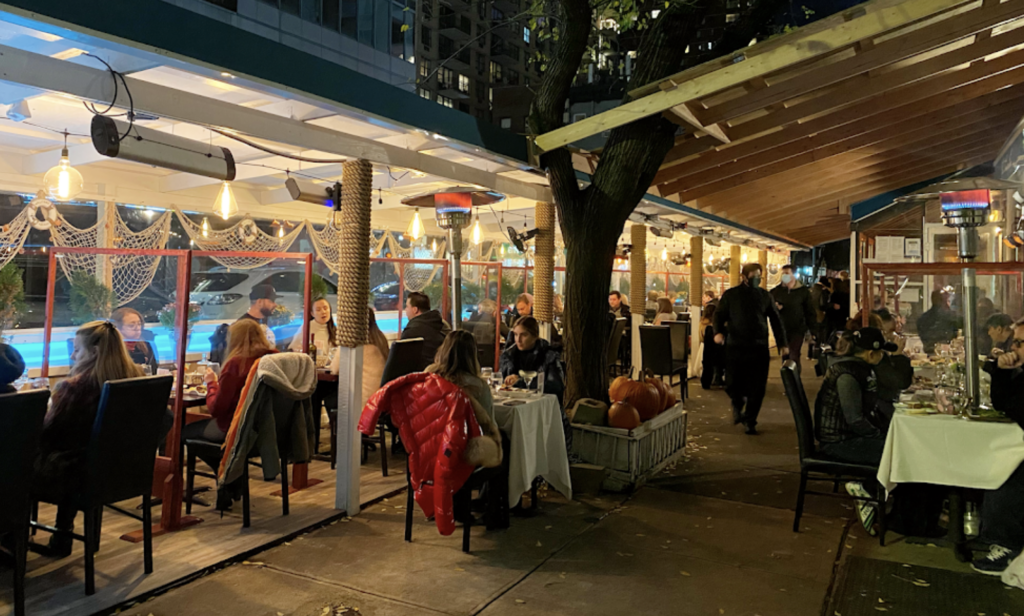
“As operators, we know that if a table sits empty, we’re losing money,” says Martin, “but it’s hard to get people in during off-peak times.”
What Martin and A La Turka found, however, was that the right strategy can attract guests and increase a restaurant’s occupancy during off-peak times—and make an enormous impact on that restaurant’s profits.
To do this, A La Turka turned to Seated to help attract customers during off-peak times (Occupancy Management tools like Seated are one of the main strategies that operators use to optimize restaurant capacity).
Results of Driving Off-Peak Dining
A La Turka began using Seated in 2018, allowing them to incentivize off-peak dining by offering guests rewards for booking tables for specific days and times.
The result? Increased restaurant occupancy every day of the week—especially at the times that were typically the slowest.
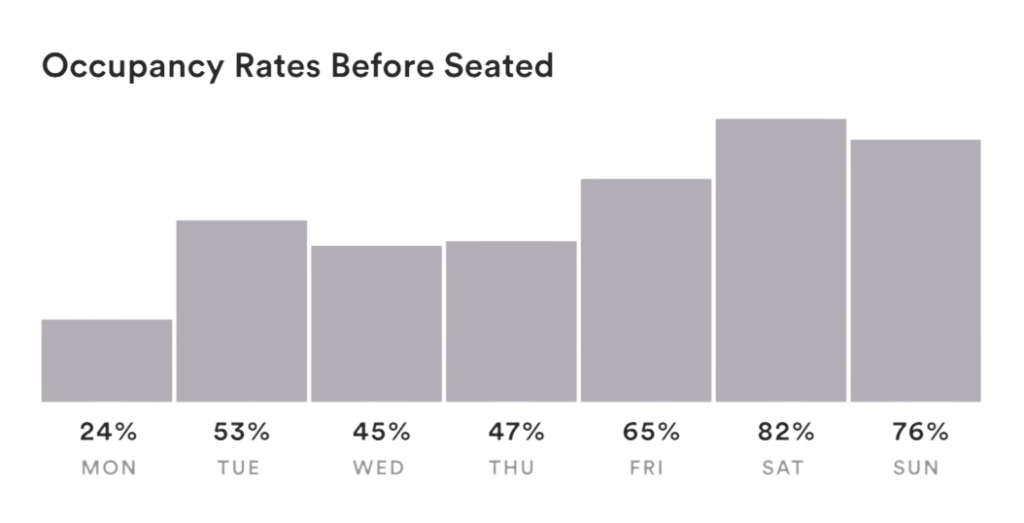
“Seated has helped us maximize turns all days of the week,” says Martin. “A La Turka was able to fill 85+ empty seats each week, primarily during slow times.”
On Mondays alone, the restaurant’s occupancy increased by over 50% above previous levels. And overall, incentivizing off-peak dining helped A La Turka grow their restaurant’s profits by over $2,400 a week—an increase of nearly $125,000 per year.
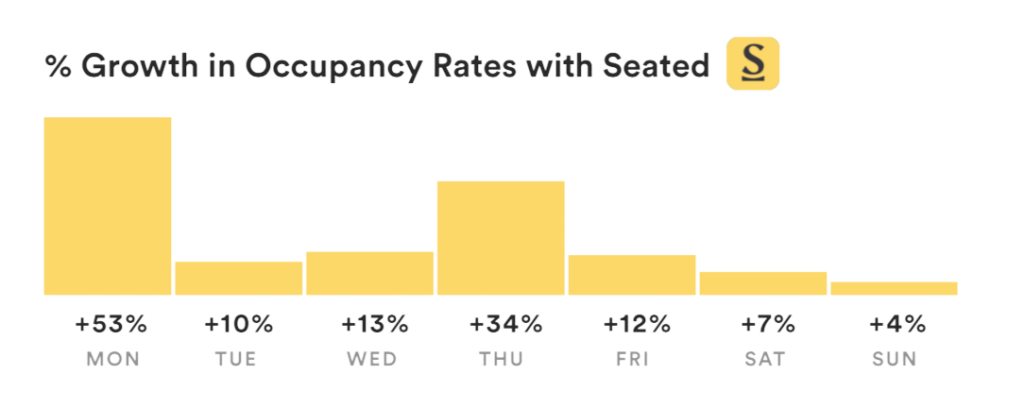
And as A La Turka discovered, incentivizing off-peak dining doesn’t just improve your restaurant’s occupancy on the days when you have the most availability. It also creates an opportunity to build your audience of regulars and return guests—people who otherwise may not have taken a chance on trying something for the first time.
“Driving off-peak occupancy with Seated has helped us connect with more customers and grow sales on a weekly basis,” says Martin. “And we’re coming out of the pandemic stronger than we expected.”
Want to increase profits by attracting more customers? See how other restaurants are doing it.
Why restaurant occupancy matters
Even before the COVID-19 pandemic, profit margins for restaurants were frequently lower and less stable than those in other industries.
As the fixed costs of operating a restaurant continue to grow, however, traditional cost-cutting measures like increasing prices, scaling down menus, or cutting back on staff are no longer sustainable.
Increasing your restaurant’s sales by attracting more guests on slow days is now more important than ever—so how much difference could it make for yours?
With Seated’s free occupancy calculator, you can estimate how much your restaurant’s profits could grow every year by bringing in more covers throughout the week.
Want to Learn More About Becoming a Seated Partner?
Fill out the form below to contact our restaurant team


